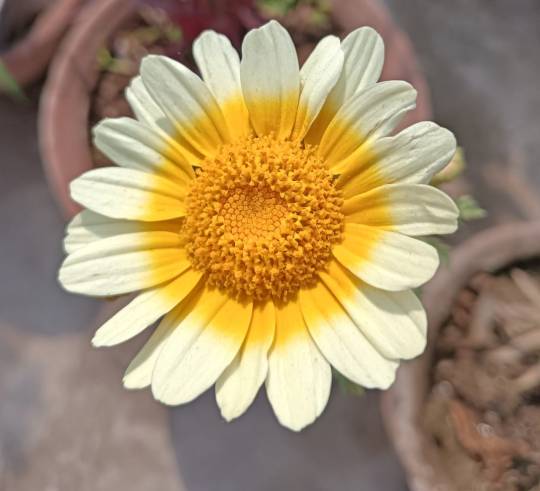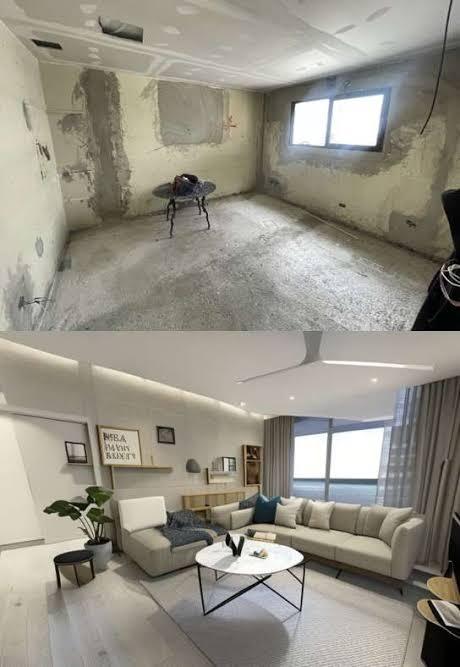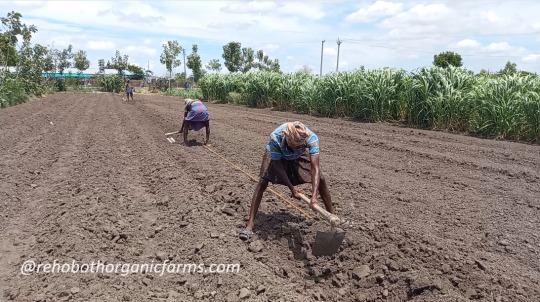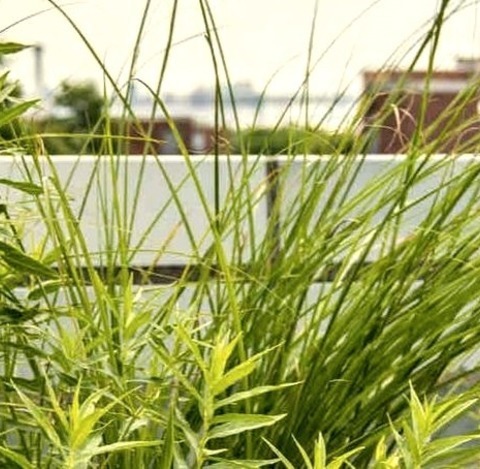#terrace garden
Text
#greenchats#daisy#daisy flower#white flowers#white daisy#flower video#videography#shorts#reels#reelsvideo#gardening#flowers#terracegarden#nature#photography#flora#flower#terrace garden#gardens of India#tumblr posts#tumblr garden
4 notes
·
View notes
Text
https://www.yesmagazine.org/environment/2022/07/07/ancient-farming-technique-climate-change
Terracing has been used for centuries to help prevent fire, moderate temperatures, and make farming possible even when water is scarce.
—
Surrounded by the waters of the Strait of Sicily in the far south of Italy, the island of Pantelleria is made up of 32 square miles of black volcanic rocks with no source of freshwater other than the 16 or so inches of rain that fall each year. Yet, traces of the first farming terrace on the island date back to the Bronze Age, 16 centuries B.C. On such terraces, Zibibbo grapevines grow in hollows to trap moisture near their roots. The olive orchards are low, too; and capers, the other major local crop, stick out from dry stone walls.
These walls stretch in lines of stacked stones without the use of cement or mortar. They hold up beds of soil and create terraces, strips of flat land along slopes. These structures store heat during the day, and at night, when the sea breeze encounters the warmth of their surface, moisture condenses and forms dew. The stones help channel these precious tiny water drops into the wall’s drainage system and distribute them to the thirsty soil.
On this Mediterranean island, as in other parts of Italy and the world, architects, researchers, agronomists, and other professionals have rediscovered the value of ancient farming practices like terracing for resilience to climate extremes and preservation of biodiversity and cultural heritage. As climate change makes water scarce across the Mediterranean, traditional farming practices from areas with little water, like Pantelleria, might provide solutions.
“We can learn from it, without being traditionalist, romantic, or nostalgic, but actually looking at our future,” says Giorgia De Pasquale, an architect, researcher, and assistant professor at Roma Tre University who grew up in Pantelleria. “We can find some innovation skills that respect at the same time the balance of our ecosystems and the environment.”
Geographers estimate that terraces once covered between 200,000 and 300,000 hectares of the Italian peninsula. But currently only what remains over about 170,000 hectares is still visible from maps and satellite images; Pantelleria is the most terraced municipality. De Pasquale compared aerial maps from 1955 and 2016 and found roughly a quarter of rural areas were abandoned, mostly terraces. Out of the nearly 5,900 terraced hectares on Pantelleria, less than half are currently in use.
“Since the 1950s onward, we have lost especially farming terraced areas,” says De Pasquale, “mostly in favor of woods.”
Terraces require heavy labor that cannot be easily mechanized and have largely fallen out of use, despite their popularity across nearly every continent. But the undergoing climate crisis has revitalized terracing as a valuable form of adaptation both in places where rainfall is increasing or intensifying, as well as places it is decreasing, according to a recent report from the Intergovernmental Panel on Climate Change on solutions for land degradation.
Cultivated terraces offer a multitude of environmental benefits in addition to water retention. In Pantelleria, for example, an instance of arson in 2016 further highlighted the importance of well-maintained terraces. The flames burned an area two and a half times the size of Central Park around Montagna Grande, Pantelleria’s highest relief, and Mount Gibele, just a few months before most of the island would become a national park. But in some central parts of the island, farmed terraces stopped the fire’s advance.
“In the Monastero valley, only the top of the hill had been affected by the fire,” says Graziella Pavia, a local agronomist who previously served as agriculture councilor for the municipal government. “Flames stopped at the foothill, because then they could find only cultivated land, and it’s very difficult for cultivated plots to burn.”
Terraces can also help with weather events, such as flooding, that become more likely under climate change.
“We are noticing extreme rain events and, at the same time, prolonged drought periods,” says Alessandro Sardella, a geologist at the Institute of Atmospheric Sciences and Climate of Italy’s National Research Council, where he works as a researcher in the unit focusing on the conservation of cultural heritage.
“Nicely manicured strips of land with well-maintained walls hold better chances to reduce the risk of erosion, the risk of landslides due to these extreme events, as well as favor water infiltration and act as a buffer for these long [drought] periods,” he says.
But when stonewalls are neglected, they do little to help and may, in fact, exacerbate collapses, erosion, and even fires when they are covered in dry vegetation. For the past four years, Sardella, together with the nonprofit Dotteolie and the CNR-ISAC, has organized initiatives to restore the terraces of the Aeolian Islands, an archipelago higher up along Italy’s boot, where about 90% of the existing terraces is estimated to be abandoned. He has run workshops with locals and landowners on how to build or repair stone walls using traditional techniques along with partners like the Italian segment of the International Terraced Landscapes Alliance.
ITLA was formed in China in 2010 to connect people working on terracing, from farmers to builders, architects, academics, and activists, to shed light on the challenges these rural landscapes face and ways to revive them. Since then, it has grown to 315 members from 35 countries and has gathered three times, including once in 2019 in Madeira and the Canary Islands, which share certain farming techniques with Pantelleria.
Pavia says these congresses are an important way to share ideas about how to keep farming terraces alive. “It encourages comparisons and the exchange of common solutions, drawing on others’ experiences,” she says.
She believes Mediterranean islands have a lot to teach in terms of resiliency, being set apart from more complex supply systems. “Of course, we had some very bad years too,” she says. “All the island suffered a lot.” But she holds out hope the terraces will help them survive future dry spells. Such farming techniques, developed in places with few resources, offer important hints for the future, she says. “As I see it, terraces might let us preserve the landscape as well as feed us at a micro and localized level.”
#nature#climate change#climate hope#terrace garden#farming#agriculture#terracing#good news#reference#science#environmentalism#environment#sustainability#water#ancient solutions
61 notes
·
View notes
Text

51 notes
·
View notes
Text
Bright and sunny

2 notes
·
View notes
Text

Can you spot death?
#Death#myphoto#Kloster Kamp#Kamp-Lintfort#Garden#terrace garden#dead tree#garden architecture#landscape architecture#dead plant#died tree#died#sunny death#morbid garden#Peter Schildwächter#Peter Schildwächter Foto
8 notes
·
View notes
Text

#urjaorganics#agriculture#farming#farmers#fertilizer#crops#farms#business#entrepreneur#nature#organic#organicfood#organicfertilizer#entrpreneurship#nashik#vermicompost#nurseryart#nursery near you#nursery near me#terrace garden#vegetables#fresh fruit#fruits basket
2 notes
·
View notes
Text
2 notes
·
View notes
Text
Home design With AI
"Design your dream home effortlessly with HomedesignAi! Our intuitive platform helps you bring your vision to life with ease, offering a seamless experience from conception to realization. Say goodbye to stress and hello toyour perfect space!"

#interior decor ideas#interior design#interiors#interior aesthetic#exterior decor#exterior design#home decor#home design#ai home#ai tools#ai technology#ai#garden design#garden 2024#terrace garden#interior furniture#exterior lighting
0 notes
Text
Green Carpet, a renowned terrace garden Bangalore initiative, transforms urban spaces into lush green havens. Situated amidst Bangalore's bustling cityscape, Green Carpet offers a serene escape where residents can cultivate their own green paradise. With a focus on sustainability and eco-conscious practices, Green Carpet provides expert guidance, quality materials, and innovative solutions for creating vibrant and thriving terrace gardens. Experience the beauty of nature amidst the urban jungle with Green Carpet.
0 notes
Text
Morning Glory and Aparajita
2 beautiful purple flowers.. growing in different pots but greeting each other and celebrating morning together.
Both flowers last for 1 day only.
same color..
same - both are vines
Can never thank the Almighty enough for his wonderful creations...

#greenchats#gardening#flowers#terracegarden#nature#photography#flora#flower#terrace garden#blooms#purpleflowers#purplelove#aparajita#morning glory#morning blooms#flores#bloomingflowers#my garden
9 notes
·
View notes
Text
Traditional Landscape

Image of a sizable, traditional, full-sun retaining wall.
0 notes
Text

Terrace Garden at the Sarah P. Duke Gardens at Duke University in Durham, NC
#terrace garden#Nature photography#garden#gardening#photographers on tumblr#Sarah P. Duke Gardens#Duke Gardens#Duke University#Durham#Durham NC#North Carolina
0 notes
Text
How to plant Super Napier grass stems for Dairy Farms?
Super Napier is a high yielding green fodder grass for Dairy Farms. They can give yield upto 250 tonne per acre in a year. They can grow by 12 feet to 15 feet within 90 days. Super Napier has protein content upto 16% and very food for Daily Animals
First step in planting Super Napier is Cultivating the soil. This is Black soil and it requires ploughing and cross-ploughing to be well broken.…

View On WordPress
#dairy farming#home garden#home gardening#organic farming#organic fertilizer#super napier#super napier for dairy farms#terrace garden#terrace gardening
0 notes
Text
Deck in New York

Example of a small minimalist rooftop deck container garden design
0 notes
Photo

Traditional Landscape
Picture of a sizable, classic, full-sun backyard with stone landscaping taken in the summer.
#terrace garden#retaining wall#bluestone coping#lighting#outdoor chaise lounges#outdoor umbrellas#stone wall
0 notes